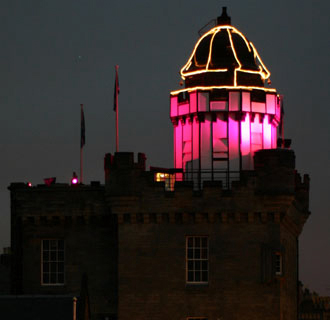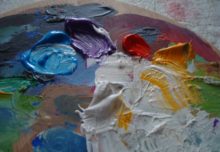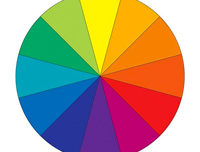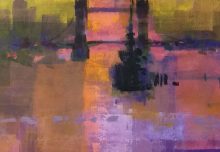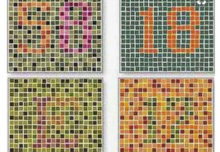A DARK ROOM
German astronomer Johannes Kepler was the first to coin the term ‘camera obscura’ in 1604. The word ‘camera’ translates as ‘vaulted room’ in Latin, and ‘obscura’ is dark or darkened. So the term ‘camera obscura’ actually means ‘dark room’.
Nowadays the term usually refers to the ‘pin-hole image’. This refers to light showing through a small hole into a dark space. On the surface opposite the pinhole the image appears but it is upside down and right to left, instead of left to right. These days the mathematics and physics that explain this are pretty well understood, but when the same effect happened accidentally a long time ago it would have shocked the viewer.
It may have even surprised prehistoric cave dwellers. Imagine the scene where a Neolithic family hang animal skins across the entrance to a cave and inadvertently create the circumstances for a pinhole effect. An upside down animal appears onto the back wall of the cave. Aargh! It has been suggested that the distortions sometimes seen in cave paintings were because our cave dwellers traced the pinhole image onto cave walls. Will will never know.
We are aware however that the ancient Chinese observed pinhole images. The ancient Greek Aristotle noticed it, and Leonardo da Vinci wrote about the pinhole effect in 1502. He explained that we no longer needed an actual vaulted darkened room, but instead just a box with a pinhole, and a way to capture the image. Leonardo showed how to trace the image onto thin paper, and portable box versions of the camera obscura were created.
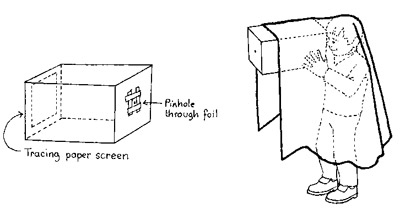
Home made camera obscura
Then the inclusion of lenses and mirrors helped develop the camera obscura effect. This was a crucial stage of development.There are many more records later in the 16th century of artists using the pinhole method to create drawings.
Artistic use of perspective and three-quarter portrait views became standard at the same time. Was this just a coincidence?
Imagine a curious artist toying with the pinhole phenomenon on his or her portable camera obscura device. They look at the tracing and realize that distant things are smaller than nearby things. And parallel lines disappear into a vanishing point. Wow.
The Egyptians appear to have been unaware of three quarter portrait views, and artists in the centuries before Leonardo seemed to be unaware of perspective. Whereas it all seems so obvious nowadays.
Maybe it was because the tracings of pinhole images revealed secret things that previously our brains only dealt with subconsciously.
The human eye experiences light in the same pinhole way. As a beam of light enters our eye it inverts and settles on the cornea at the back of the eyeball. Our brains then re-invert the image to make unconscious sense of it. But we are unaware of this. Our minds don’t tell us how it is happening, or that it is even happening at all.
Presumably humans went for centuries without consciously realizing that things look smaller when they are further away. Because our minds over-ride that fact. It would have been quite disastrous if our brains let us think that the small tiger over there was a small tiger, instead of in fact a very big one coming our way. Phew! Breathe a sigh of relief.
In conclusion pinhole-light-transfer has revealed so much that we might not have understood otherwise.
Onward and upward.
Gradually the artists portable box version of the camera obscura has been used to capture images in even more sophisticated ways.
If we could only invent a way of tracing the image onto paper. Oh yes, Leonardo did. If we could only invent a way of capturing the image onto paper automatically. Actually the Victorians did. Light sensitive film was next, and much more recently has come digital capture.
We don’t use the ‘obscura’ word anymore, just ‘camera’. So now we use our camera to record splendid digital images using our mobile phones.
Bingo, we have everyday digital photography… Whatever next?
The Edinburgh Camera Obscura pictured here is a giant periscope and camera obscura right in the middle of the Scottish capital. Well worth a visit! And thanks to them for the cute image showing a working home-made camera obscura.

